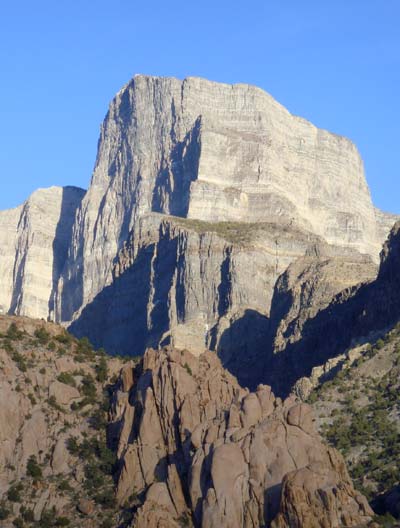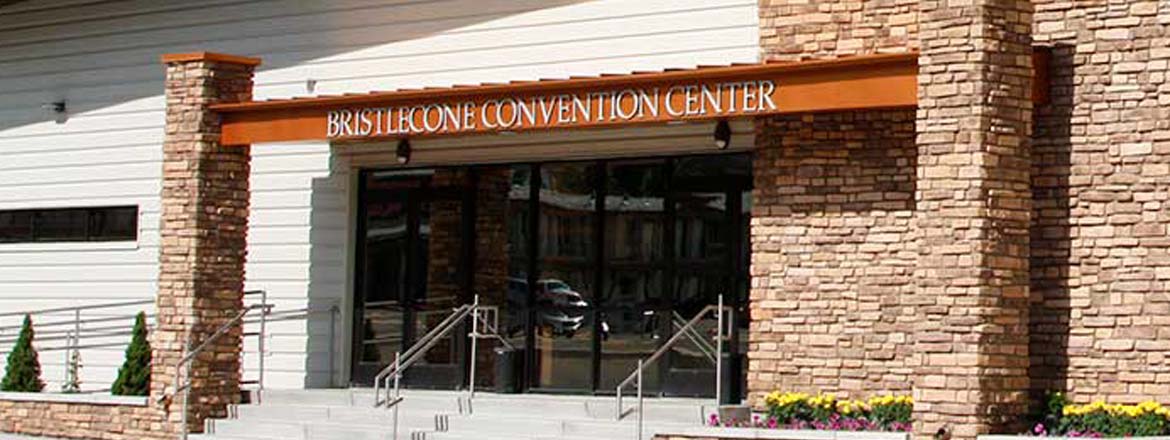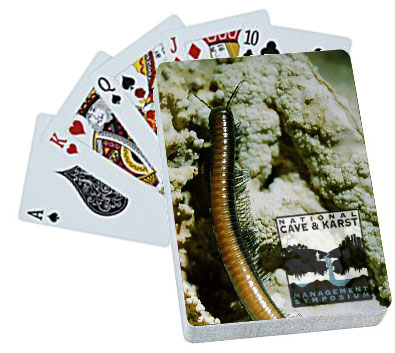
This trip would be an ideal stop if you are travelling west on Highway 50 from Ely towards Reno and California. The distance from Ely is about 256 miles (4 hours).
Grimes Point is an archaeological site which was listed on the National Register of Historic Places in 1972. During the Pleistocene Epoch, this area and most of northwestern Nevada, was covered by ancient Lake Lahontan. Over the last 10,000 years, the level of ancient Lake Lahontan fluctuated widely, at times drying up completely. When above water, the Grimes Point area would have been marshland with a wide variety of wetland plants and animals available for use by prehistoric populations. Grimes Point was first visited by Native Americans perhaps 8,000 years ago or more.
Grimes Point is a field of basalt boulders that are covered with a glossy black patina, commonly called desert varnish. Many of the boulders are covered with pecked or carved rock art called petroglyphs. The antiquity of many of the petroglyphs can be evidenced by how varnish has completely repatinated the carved surfaces.
Visitors today can view examples of petroglyphs along a 1/4 mile, self-guided interpretive trail. The trail was originally constructed by the Youth Conservation Corps and named Nevada's first National Recreation Trail in 1978. Handicapped accessible restrooms and picnic facilities are available at this popular stop on U.S. Highway 50.
Video compliments of University of Nevada, Reno.
Check out the Churchill County Museum in Fallon and the Nevada State Museum in Carson City for additional displays about prehistoric Nevada and Grimes Point and Hidden Cave. Please stay on the trail and help ensure this special place remains for future generations by respectfully viewing the petroglyphs. Take nothing but photographs. Please do not touch, chalk, create rubbings of the petroglyphs, or damage them in any way.
Hidden Cave is an archaeological site which was listed on the National Register of Historic Places, in 1972, as part of Grimes Point. The cave itself was formed around 21,000 years ago by the waves of rising Pleistocene Lake Lahontan. In the mid-1920's, the cave was found by four school boys, the first 20th century humans to do so. The cave has been excavated by archaeologists three times: once in 1940, again in 1951, and finally a large excavation in 1979-1980 by the American Museum of Natural History. A high proportion of the artifacts found in Hidden Cave were unbroken and arranged in concentrations. That led to the conclusion that 3,500 to 3,800 years ago people used the cave more as a cache (a place to store objects for later) than for habitation.
The BLM gives free public tours of Hidden Cave on the second and fourth Saturdays of each month with the exception of any three day weekend where the Friday or Monday is a federally recognized holiday, like Memorial Day, Thanksgiving, and Labor Day. The tours begin at the Churchill County Museum in Fallon, at 9:30 a.m. with a special video showing, and then the group caravans out to Hidden Cave and walks up the trail to the cave entrance. The tours end by 12:00 p.m. Additionally, tours for private groups can be arranged to be given at other times by docents from the Churchill County Museum. If you plan to visit Hidden Cave, please wear sturdy walking shoes, bring water, and dress appropriately for the weather (it can change in a hurry during every season).
Hidden Cave can only be accessed through taking a scheduled tour. The site is on a 1/2 mile interpretive loop trail that is not handicapped accessible. The tour may not be suitable for very young children because of its length and the climb up the hill.
This trip would be an ideal stop if you are travelling south on Highway 93 from Ely towards Las Vegas and Arizona. The distance from Ely is about 205 miles (3.5 hours).
Video compliments of the Southern Nevada Water Authority.
Warm Springs Natural Area is a 1,250-acre oasis in Moapa, Nevada, featuring more than two dozen bubbling springs, rushing streams and lush wetlands. It is also home to over 28 sensitive species and more than 200 species of birds. Operated by the Southern Nevada Water Authority, their mission is to manage the property as a natural area for the benefit of native species and for the recovery of the endangered Moapa dace.
Visitors to Warm Springs are invited to explore a 2/3-mile trail that meanders through woodlands along two spring-fed streams. Perfect for bird-watching and sightseeing, the trail includes informational kiosks, benches and a viewing deck.
Warm Springs plays an integral role in the Southern Nevada watershed. The springs here feed the 32-mile-long Muddy River, which flows to Lake Mead, Southern Nevada's primary drinking water source.

Notch Peak, located in West Millard County, Utah, and visible from Great Basin National Park, towers above the desert valleys at 9,725 ft. elevation. This 3,000 ft sheer cliff is one of the tallest limestone cliffs in America.


Troglodyte Playing Cards
We have no idea what these will look like yet, but we couldn't think of hosting NCKMS in Nevada without offering some themed-out playing cards. There's a good chance the card backs will feature a cave animal of the year, but we still have some time to figure it out.
Advance registration for the 2025 symposium is expected to open in mid-2024. We will send an email to past attendees when that system comes online.
Feel free to join our mailing list if you would like to receive occasional updates on our plans.